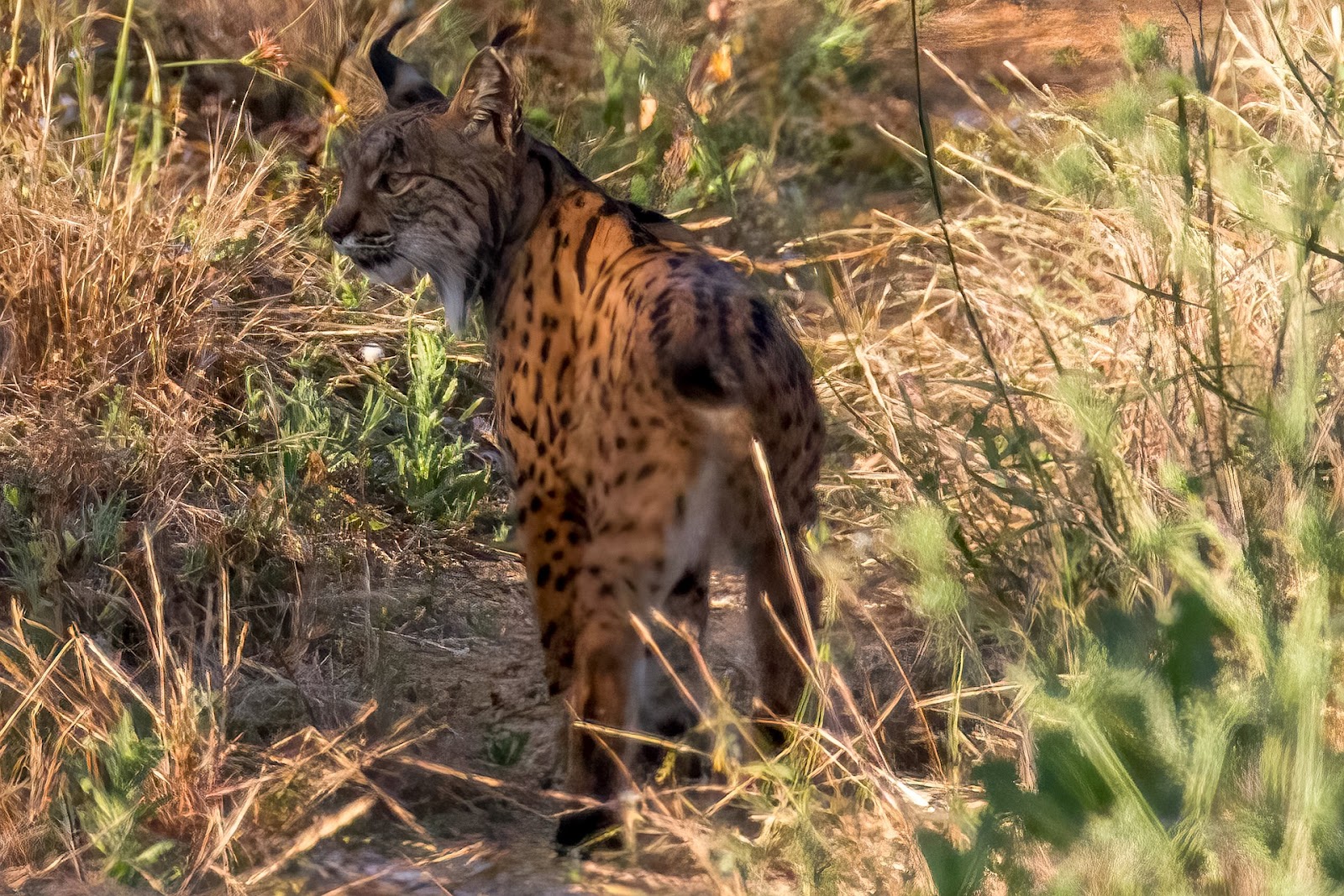Physical Characteristics
Iberian Lynx are easily recognizable by their spotted fur and tufted ears. They are smaller than their close relatives, the Eurasian Lynx, with adult males weighing up to 64 pounds and females weighing up to 35 pounds. They are about 3 to 4 feet long and stand about 2 feet tall at the shoulder.
Habitat and Distribution
Iberian Lynx are found in the Iberian Peninsula, which includes Spain and Portugal. They live in a variety of habitats, including scrubland, forest, and grassland, but require dense vegetation for cover and hunting.
Behavior and Diet
Iberian Lynx are solitary animals, except during breeding season when males will seek out females. They are primarily active at night, spending most of the day resting. They are able to survive in their habitat by feeding on a variety of prey, including rabbits, hares, and small rodents.
Conservation Status
Iberian Lynx are classified as Endangered by the International Union for Conservation of Nature (IUCN). They are facing threats from habitat loss, fragmentation, and degradation, as well as hunting, trapping, and road mortality. In addition, their prey species are also facing threats, which could impact the Iberian Lynx's ability to survive in the wild.
Conservation Efforts
Efforts are underway to protect and conserve Iberian Lynx. Many countries have implemented laws and regulations to protect these animals, including bans on hunting and other forms of exploitation. Organizations such as the Iberian Lynx Conservation Programme are also working to raise awareness and implement conservation programs.
In addition, many zoos and wildlife parks around the world have Iberian Lynx in captivity for scientific research and public display. These facilities provide an opportunity for researchers to study these animals up close and for the public to learn about them and become more invested in their conservation.



Comments
Post a Comment